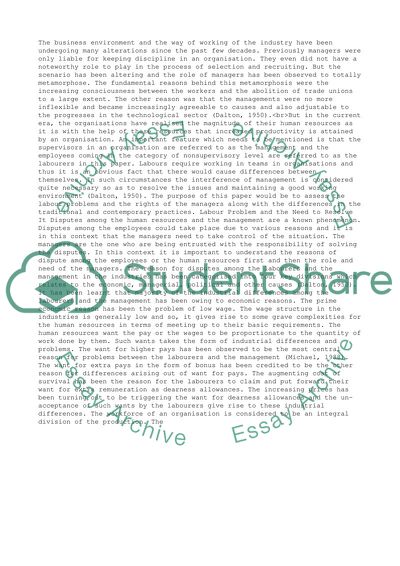Cite this document
(“Human Resource Management, Employers and the Management of Labour Essay”, n.d.)
Retrieved from https://studentshare.org/management/1393067-human-resource-management-employers-and-the
Retrieved from https://studentshare.org/management/1393067-human-resource-management-employers-and-the
(Human Resource Management, Employers and the Management of Labour Essay)
https://studentshare.org/management/1393067-human-resource-management-employers-and-the.
https://studentshare.org/management/1393067-human-resource-management-employers-and-the.
“Human Resource Management, Employers and the Management of Labour Essay”, n.d. https://studentshare.org/management/1393067-human-resource-management-employers-and-the.


